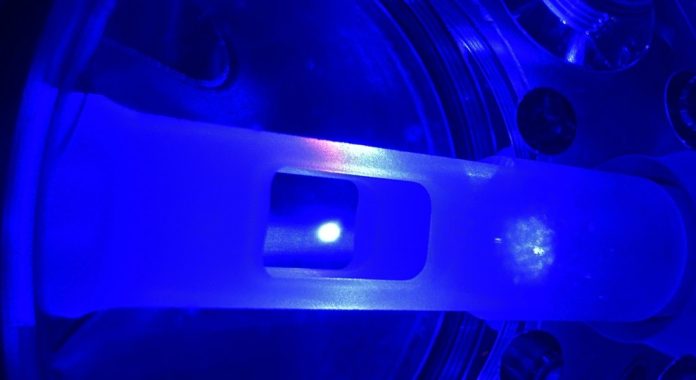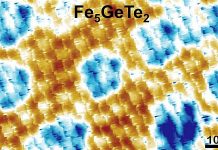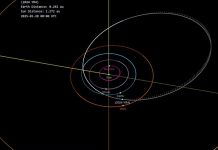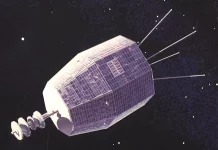
Researchers have uncovered a groundbreaking way to measure time with unprecedented precision, potentially revolutionizing our understanding of the ticking clock.
Led by Eliot Bohr, a PhD fellow from the Niels Bohr Institute at the University of Copenhagen, this discovery harnesses the power of quantum physics to push the boundaries of timekeeping.
Currently, atomic clocks serve as the gold standard for measuring time, relying on the remarkable accuracy of atomic oscillations.
These clocks, found in various locations worldwide, synchronize our devices using radio waves. However, even these marvels of precision could be refined further.
Bohr and his team delve into the heart of the matter, addressing a fundamental challenge faced by atomic clocks: the need to continuously replace heated atoms.
This process introduces tiny inaccuracies, impacting the clock’s precision over time.
To combat this, they explore the concept of “superradiance,” a quantum phenomenon that allows atoms to emit light collectively.
Picture a tiny chamber filled with around 300 million strontium atoms suspended in a vacuum and cooled to near absolute zero.
This chilly environment, known as a magneto-optical trap, serves as the stage for their groundbreaking experiment.
Here, the atoms, held still by the extreme cold, interact with two mirrors, emitting a powerful light signal that reveals their oscillations.
What sets this method apart is its minimal heating of the atoms, preserving their integrity and accuracy.
This innovation opens doors for applications beyond conventional timekeeping. Improved atomic clocks could enhance GPS systems, ensuring more precise navigation on Earth and in space. They could also aid future space missions, where accuracy is paramount for safe exploration.
Moreover, these advancements hold promise for developing portable atomic clocks capable of detecting gravitational changes. By monitoring Earth’s mass and gravity, they could provide early warnings for natural disasters like volcanic eruptions and earthquakes.
While this discovery marks a significant step forward, Bohr stresses that it’s still in the early stages and requires further refinement.
Collaborators from the University of Innsbruck, Columbia University, and others contributed to this groundbreaking research.
In essence, by harnessing the power of quantum physics, Bohr and his team are unlocking the secrets of time with unprecedented precision, paving the way for a future where every second counts.



